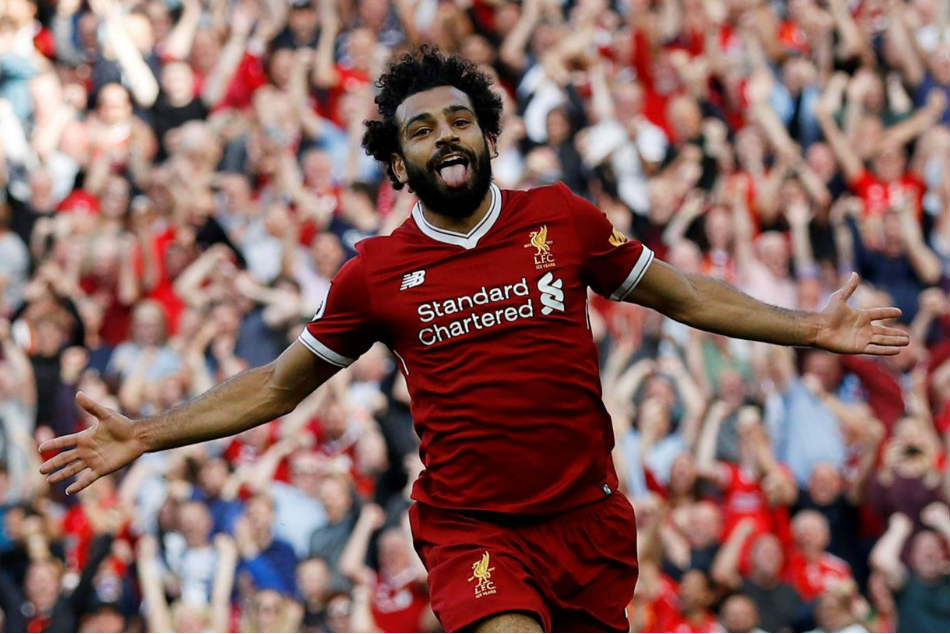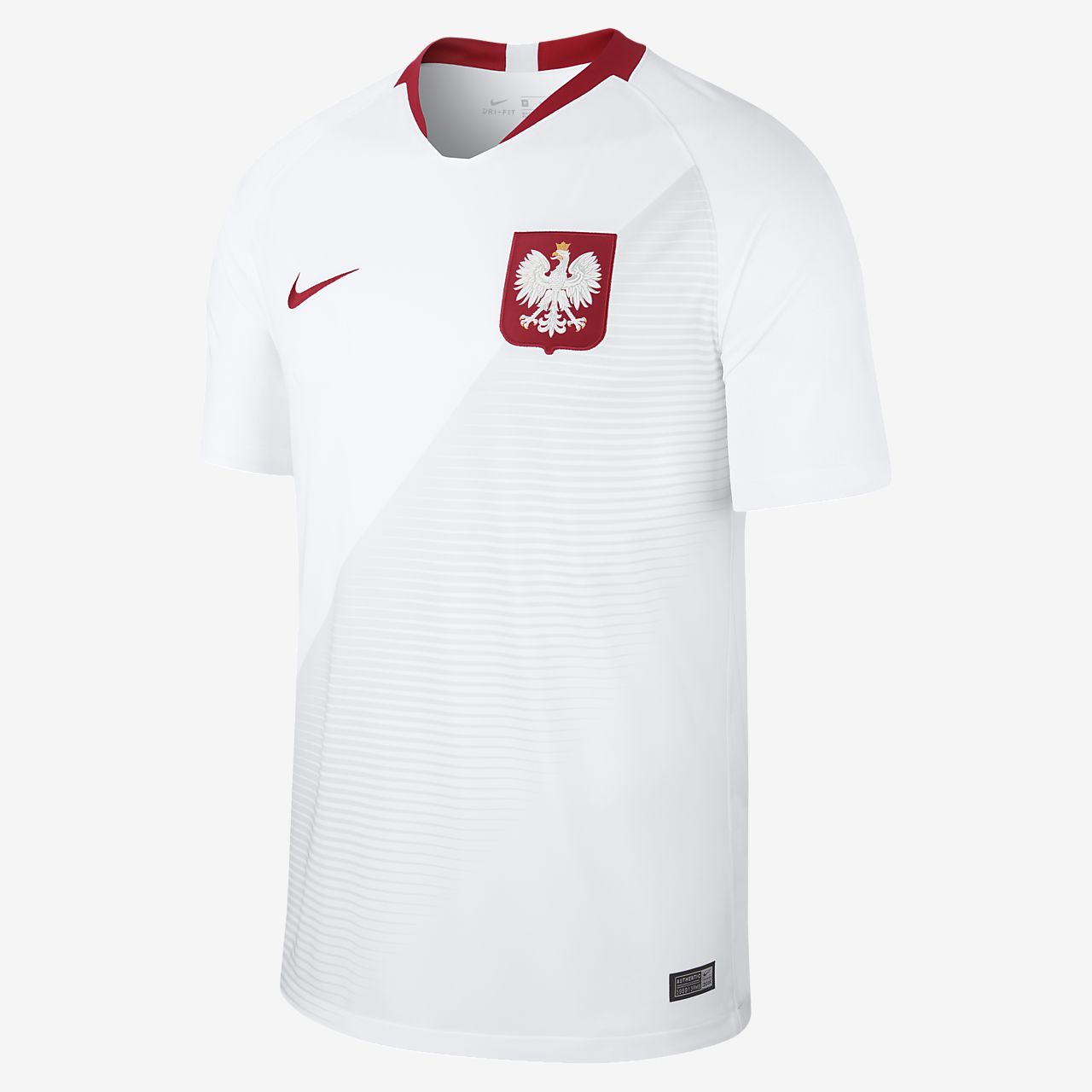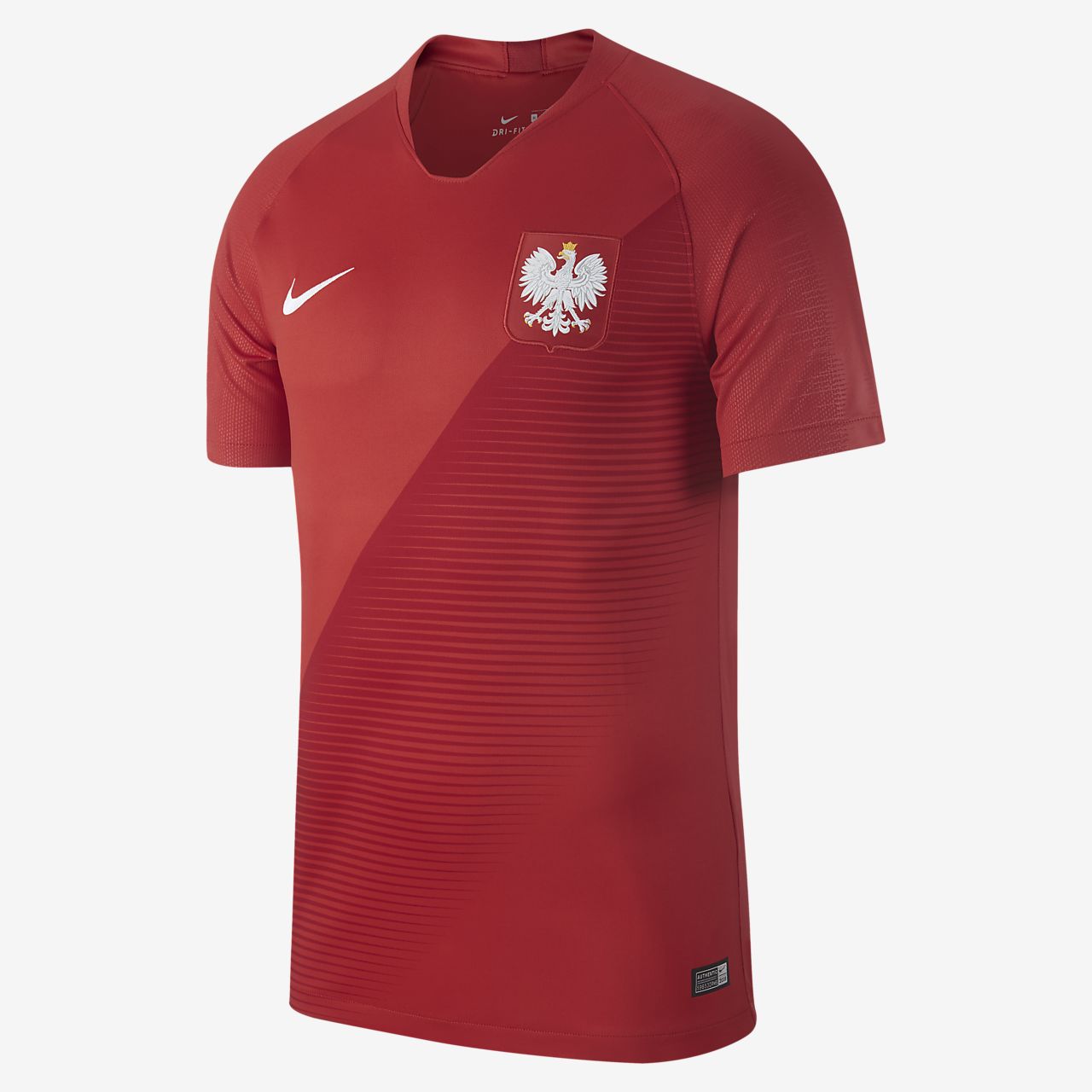Mo Salah was near unstoppable during the 2017/18 season. On his way to winning the award for the Player of the Season, Salah netted 32 goals and provided 12 assists. Translated into FPL points, Salah banked a total of 303 points – an all-time FPL record.


Just after the conclusion of the 2017/18 season, some tweets and articles by the Official FPL page caused some stir on twitter.
The first of these regarded Salah’s price in FPL this season. In this article, Mark Sutherns suggested that FPL managers will be forced to fork out a record high price of £14m for Salah this season, claiming that they will happily do so.
The second of these articles referenced Salah’s position next season, indicating that he may no longer be classified as a midfielder, but instead as a forward.
In this article, we will shed greater light on both of these claims. We won’t be dismissing them as inaccurate, but instead will provide greater insight into whether or not Salah’s price should be £14.0m, or if he should be classified as a forward this season.


The Price
Salah started the 2017/18 FPL season priced at £9.0m and finished at £10.6m, with a season high price of £10.7m. For Salah to reach £14.0m as suggested, he will need to rise £3.4m.
Going off past trends, this seems unlikely.
The more expensive a player is, the less it becomes that they will rise in price to start the subsequent season.
A prime example of this is Alexis Sánchez. In the 2016/17 FPL season, Sánchez totalled a mammoth 264 points. This score was only 31 points shy of Luis Suarez’s then record of 295 FPL points during the 2013/14 season. At the end of Sanchez’s most dominant ever season, he was priced at £11.7m. The following season (2017/18), Sánchez was priced at £12.0m. This means that with a score that was one of the highest ever, Sánchez only rose £0.3m to start the next season.


Similarly, at their peak with scores in the low-mid 200s, Wayne Rooney (11/12 – 12/13), Harry Kane (16-17 – 17/18), Santi Cazorla (12-13 – 13/14), Cesc Fabregas (09/10 – 10/11), Christian Eriksen (16/17 – 17/18), Dele Alli (16-17 – 17-18) and Eden Hazard (14-15 – 15/16) all earned price rises of £1.5m or less the following season, with some even starting the next season at a lower price.
Although Salah did achieve an all-time record overall score of 303 FPL points, rising £3.4m from £10.6 seems a step too far.
In a similar category to Sánchez in terms of playing style, Salah only scored 39 points more than Sánchez. So, does an extra 39 points justify an additional £3.1m rise? No.


Throughout the years, it has been very rare for a player who ends a season at a premium price to rise more than £1.5m the following year, even if the player does register an extremely large, or even record, overall points tally in FPL. This means that Mo Salah's FPL price this season should not reach
The Position
In the 2016/17 season, Mo Salah was classified as a midfielder in FPL. This came off the back of 26 starts on the right wing for Roma in 2015/16. Last season, Salah again spent the majority of his time on the right wing, starting in this position on 44 occasions.
Based on past FPL classification trends, the only players who are classified as forwards are central strikers, not wingers.
For example, out of all FPL forwards last season, only Marcus Rashford, Danny Welbeck and Collin Quaner started more games on the wing than they did at centre forward. As a result, pretty much every FPL forward was almost entirely a centre forward for their club.
People commonly believe that the left and right wingers in a front three are forwards, but this does not correlate to FPL. Players such as Raheem Sterling, Leroy Sané and Sadio Mané all play on the wing as part of a front three, yet they are all classified as midfielders. Therefore, the same should apply to Salah, and the FPL forward classification should again be bestowed only on the centre forwards of each respective club.

For example, out of all FPL forwards last season, only Marcus Rashford, Danny Welbeck and Collin Quaner started more games on the wing than they did at centre forward. As a result, pretty much every FPL forward was almost entirely a centre forward for their club.
People commonly believe that the left and right wingers in a front three are forwards, but this does not correlate to FPL. Players such as Raheem Sterling, Leroy Sané and Sadio Mané all play on the wing as part of a front three, yet they are all classified as midfielders. Therefore, the same should apply to Salah, and the FPL forward classification should again be bestowed only on the centre forwards of each respective club.

Although Salah started on the right wing for Liverpool, it could be argued that because he spent a lot of his time on the field in central areas and he rotated with Firmino throughout matches, he should be classified as a forward. This argument is flawed however. Although Dele Alli is a central attacking midfielder, his average position on the field is often further forward than Harry Kane. Why does no one suggest Alli should be classified as a forward? Because, just like Salah, he does not start matches at centre forward. In fact, in the 2016/17 season Alexis Sánchez started 20 matches at centre forward for Arsenal, but was classified as a midfielder again the following season. So, Salah, who only started three league matches at centre forward last season, should again be classified as a midfielder in the 2018/19 FPL season.
If Sterling,
If Sterling,
STAY TUNED FOR OUR 2018/19 FPL PREDICTED PRICES. COMING SOON.





















